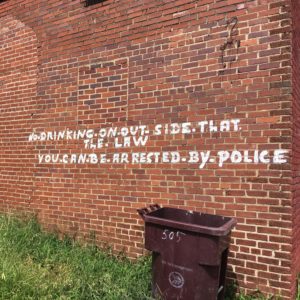
Movie directed by GRETA GERWIG
Review by HANNAH GERSEN
I have friends who cried their way through Greta Gerwig’s Little Women, and I expected that I would, too, but I spent much of my first viewing in a state of mild agitation. I had re-read the novel a few days before seeing the film, and was distracted as I tried to figure out the mechanics of Gerwig’s complex temporal structure. Little Women was originally published as two books: Little Women and Good Wives, and Gerwig braids together these two volumes, going back and forth between past and present. As with Gerwig’s debut feature Lady Bird, the pace is galloping. Not only are there two separate timelines, Gerwig cuts rapidly between characters and locations within each timeline.














